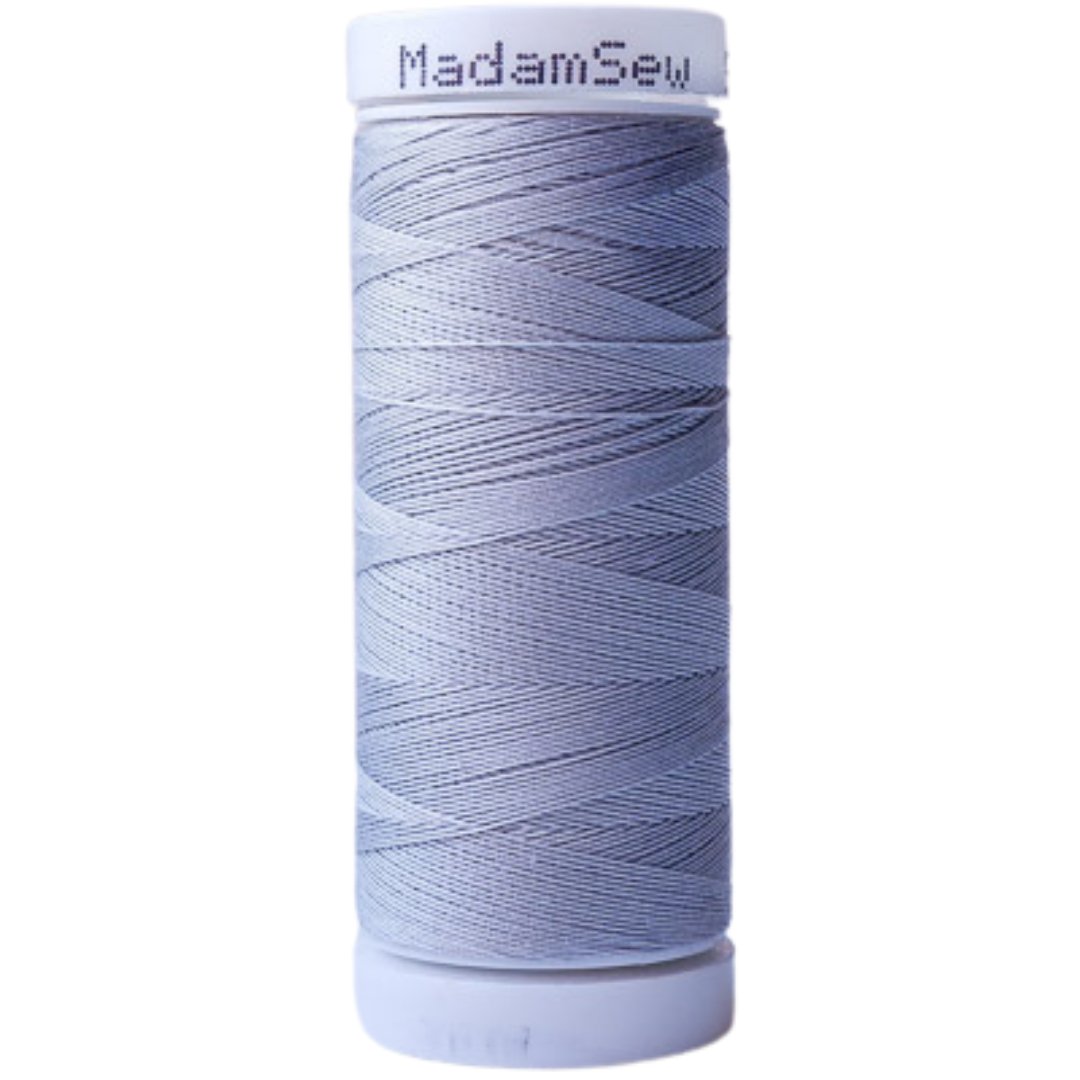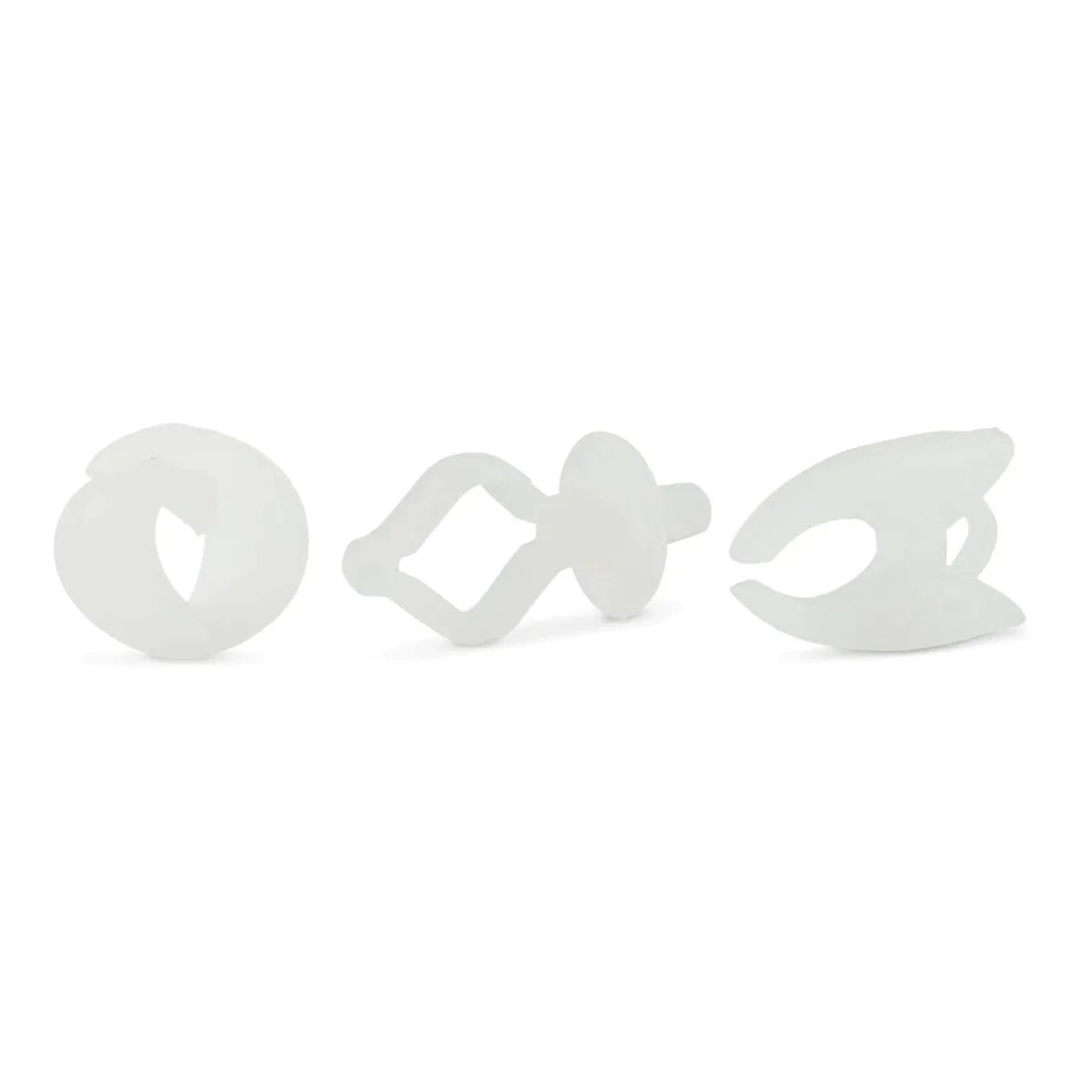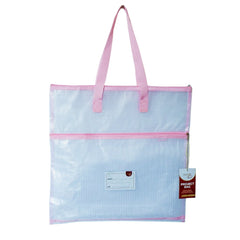Web Method Quilt Assembly
Assembling a quilt top from a lot of blocks can be a frustrating exercise, especially when there is a distinct placement and orientation of the blocks. On some patterns, the blocks have to be in a certain place and with a certain edge on top to make the pattern come out right. Take a pattern like this one with rows of color on a diagonal. If any block is turned the wrong way or ends up out of place, it will be very apparent and will result in ripping out seams and changing things around.
The Web Method is a method of putting blocks together in the final assembly stage of a quilt, and it is light-years faster than any other method I tried before. So, read on, give it a try, and let me know what you think! The Web Method presents a really easy way to pick up those blocks and sew them. It is not only faster and less work, the result is very accurate. What more do you want? Yes, less work and a lot less time, as you won’t be jumping up and down, laying out the top over and over, or using time-consuming and clunky numbering systems.
The Web Method Explained
To demonstrate the Web Method, I set up a small set of squares that will represent blocks to show you what I mean. The squares represent quilt blocks. Note that all of these prints have a distinct orientation, and it will be obvious if they are rotated or sewn out of place. That will be important later.
In the past when I had all the blocks completed for a quilt, I would line them up and sew the rows first. Then I would join the rows together. So, if I were going to sew this set with my usual method, I would sew the top row first, then put that back on the design wall, and do the next row, continuing as indicated with the rectangles on the photo.
With this web method, you’ll sew the blocks in columns, from top to bottom.
Web Method With An Easy Design
Using the first two COLUMNS, turn the second column blocks over the first column blocks, placing right sides together so that your edge to stitch is on the right. You’ll turn these over just like turning the pages in a book.
Pick them up in order from top to bottom and stack with the topmost set on the top.
Take them to the machine and chain-sew beginning with the top block. Do not clip the threads. I am using brown thread here so you can see what I am going to show you a bit later.
Now, go to the design wall and stack the next column of blocks with the topmost one on the top and take that to the machine.
Reposition the chain pieced blocks so you again begin the sewing from the block on the first row. Your next blocks will be right side up, and so will your chained blocks.
Here, I have already sewn the top one and am ready to chain the next set. Open out the first sewn block sets so that the right side is up. Turn the top block from the next column right side down on top of the second column’s top block by flipping it from side to side (again, just like turning the pages of a book), aligning the left edge of the block's right side to the right edge of the already chained pairs. Sew the third column blocks to the second column.
Go to the design wall and stack the next column of blocks, top to bottom.
Chain sew the fourth column blocks to the third column blocks in the same manner. Do not clip the threads.
Continue with the next columns in order if you have more blocks than I am showing here, always returning to the first row of the section already sewn, and beginning with the top block on the next stack. Remember to flip from left to right to get the proper side sewn next.
When you are done, you'll have this matrix of blocks sewn in rows, and connected together with the chain stitches between rows.
No fussing around with what row goes where, and no laying out over and over to be sure the blocks are oriented correctly. Here is a closer look at the thread chains connecting the blocks.
Take the connected rows to the pressing board, and you can easily see which row to press which direction to make the seams nest. No double and triple checking, no re-pressing for the rows you got backwards.
When it is time to do the final row sewing, here is where you really save time. The rows are already connected in order, just fold row #1 over row #2 right sides together, pin the main seams and sew.
Then fold row #2 over row #3, pin and sew. You don't even have to leave your chair as it is already aligned for you. Continue until all the rows are sewn.
Done in a jiffy.
And just so you can check, here are the two photos before and after side by side. Note that the squares are oriented exactly the same way both before and after. I used prints with directions and images so you can see what I mean. If you have blocks where the print placement matters, your placement will come out exactly as you plan.
As an added bonus, if you have to stop before sewing the rows, you can fold up the project and it will be in the same placement plan when you take it out again. Without putting it back on a wall, (or in my case, the floor) I can sew these rows in just a few minutes when I get to it. Simply pinning on the block seams is enough to align the rows, so very few pins are needed.
Web Method With a More Complex Design
This works no matter how many blocks you have or what size they are. For an offset diamond pattern in red and white, it is again vital that the blocks be in the right position and oriented the right way.
So, I turned the second column of blocks over the first column, right sides together (again just like turning the pages of a book).
This time I did all the stacking at once as well, stacking the first column sets of two from top to bottom, then stacking the other rows also top to bottom.
Taking the first sets of two to the sewing machine, I chain sewed the right edge of all the sets of two. Here they are ready to sew at my machine, with the right edge ready to place under the needle.
Chain stitch without cutting threads between the blocks. Continue adding the columns in order.
When you finish adding the columns, you’ll have a web of blocks connected with thread chains. It will hold together for pressing, and even for putting away to finish later.
Pressing becomes easier to see which seams need to be pressed to the right and which to the left for nesting when the rows are joined together.
When the rows are sewn, it is perfect with all blocks in the proper position.
This web method for assembling quilt tops works even if you don’t have a special orientation for the blocks, and is a lot faster than you can imagine. It took less than an hour to assemble this top and get the blocks correctly placed. It is so efficient, that it is the only way I do top assembly now. Just give it a try!
If you are new to the Madam Sew blog, be sure to check out the complete Beginning Quilting series. If you are more advanced, maybe you are interested in one of my other quilting blogs:
I’ll be doing more articles to advance your quilting skills on Madam Sew. Subscribe to the Madam Sew blog so you don’t miss a thing!
Have fun quilting!
Carole
Stop by my blog for more easy projects at
FromMyCarolinaHome.com

















12 comments
What I found works best for me, because even this method I get confused. I use the 3” non sticky post it notes torn into 4 quarters. The top left block gets numbered 1-1and it is pinned in the upper left corner then the skip the second block cause that you are pinning to the first, the third block gets 1-2 skipping the fourth as it is pinned to block 1-2, the fifth block is labeled 1-5 continue til end of row 1 then repeat for the rest of the rows using 2-, 3-, 4- until the last row. I reuse my tags until the fall apart or get lost. As I sew the upper left block always keeps its number. Heat tolerant pins work great here. Since doing this I can sit and sew the whole round of quilt sewing at a time, cut them apart, iron them all and put it back together on my layout board for the next round exactly how it was initially laid out. Just remove the right hand pc. Label and you are ready for your second round of piecing.
We had a quilting teacher here in Des Moines, Iowa who taught this method. We have used this method for years in our church sewing group.
The class was taught by Linda Hungerford.
I love this method & it’s beautiful when finished. Am going to try it.
This pattern is beautiful , tks
Love the rainbow quilt and the offset diamond. They are totally stunning. You’ve a very interesting way to put them together. So creative. Thank you for sharing. Is the pattern your own or can we find it to purchase?